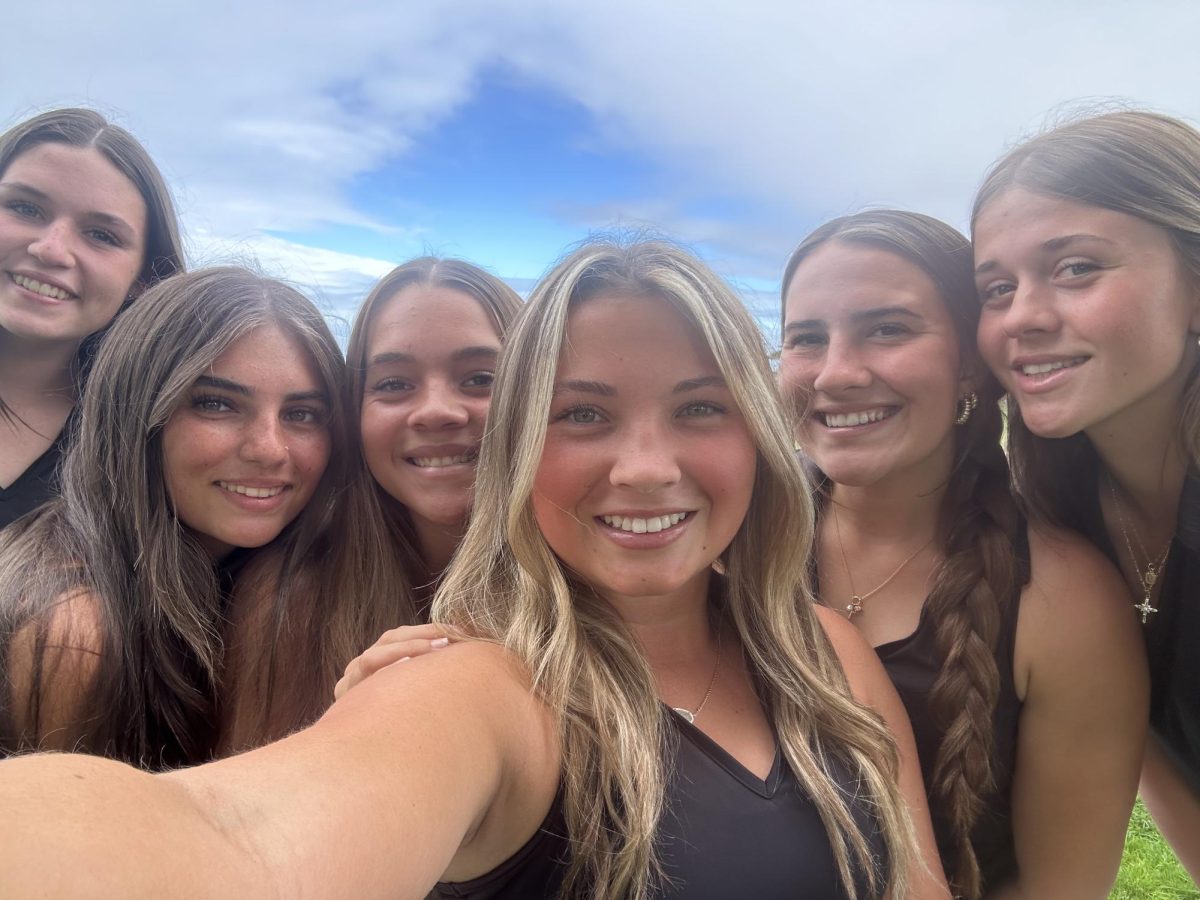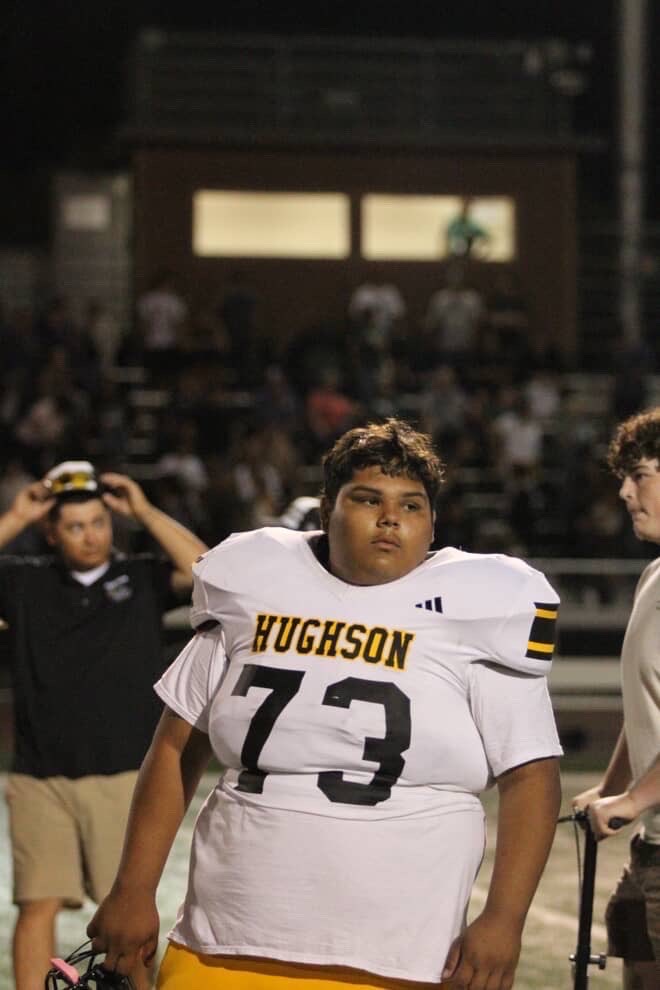The Track & Field season is nearing its end. Since it is a spring sport, the time for summer training is closing in quickly. If you were to ask any athlete, preseason summer training for a fall sport is one of, if not the worst experience possible. The pain you feel when you push yourself, making sure you stay hydrated, throwing up nearly every week, even multiple times. Nothing really comes close to the pain and effort you put in during the hottest times of the year.
These past three years of high school, I have been an active athlete. I participate in three sports, being Cross Country, Soccer, and Track & Field. My main sport would be running, as two of my three sports need it, it takes the most time and effort, and shows the greatest amount of results. With my track season already finished, unfortunately due to injury, I have to focus on the next seasonal sport, which is Cross Country in the fall. One challenge athletes face, including myself, is the transition from mid-distance/distance on the Track team, to 5ks or 3 miles in Cross Country. We have to listen to our body and start to slowly adapt to longer runs to build our aerobic endurance. This is where most of our summer training helps.
Summer training usually consists of easy, long, tempo, and threshold runs, as well as startles, speed intervals, and one or two time trials near the start of the XC season. All of these workouts and runs aren’t for nothing, as there are mileage goals that athletes look forward to.
Those who participate in distance running and other high school athletes know the importance of reaching mileage targets and showing up for team workouts when it is nearly 100 degrees outside. Time with family & friends and any vacations have to be sacrificed to show your dedication to these sports. As a cross country athlete, there are different mileage goals every summer, the top one including having to hit 700 miles throughout 100 days, or 7 miles a day, is pretty difficult. Alessandro Pimintel, a Junior and the number one runner on Cross Country and for distance racing in Track, said, “It has been difficult to hit goals like mileage and doing daily practices, of course. When I started, I was bad. Not only was there physical challenges, but mental ones as well. I learned to push my body to its limits to endure the pain my Junior year of XC. These mileage checkpoints helped me push myself to keep improving.” Alessandro has not only started from the bottom, but he also faced a whole season long injury because of increasing his running volume too quickly. He has learned from that, and all of his experiences helped form the number one runner he is now.
700 miles is the goal for being a participating varsity athlete on the cross country team. Though, this upcoming season may not be accurate to that, since we have more than 7 people who have that ability level. I estimate that we will have nearly double the number of varsity level athletes that we’ve had before. Last year, we qualified for the state meet. But this year, we look forward to getting closer to a contesting place on the podium.
Patience and consistency are key in being a runner. Waking up at 7 am to show up to practice and run a workout, then double later for an easy 3-4 miles, while making sure you stretch and recover well by taking ice/salt baths. All the little things are extremely important when it comes to being the best you can be.






